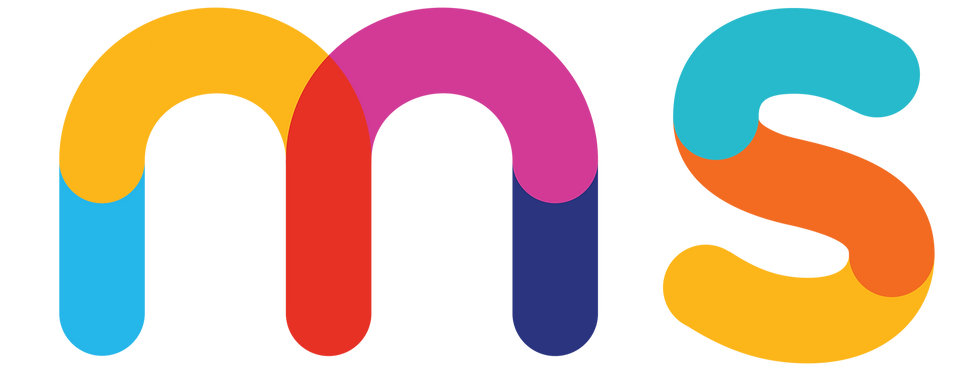A practical guide to building your first EmberJS App
- Arkai Ariza

- Jul 29, 2021
- 2 min read
Updated: Sep 6, 2023
Let's build a mini TODO APP with EmberJS 👨💻

First, let me introduce Tomster the Ember.js pet, that will tell you a few things about Ember:

This OpenSource framework was created in 2011 by Yehuda Katz a developer (member of Ruby on Rails and jQuery Core Teams), under the philosophy: of "Convention over Configuration" which means that the framework should give as many tools as possible to the developer (of course, allowing flexibility).
It is an MVC (Model-View-Controller) JavaScript framework, that gives you the ability to write organized and structured code.
Ember.js is considered an All-in-One framework due to its tools. For example Ember CLI:
It has its own command line to build, test, or generate everything you need
A development server
Includes its own testing engines
Its own Addons library, some of these created by the community
In general, Ember.js:
Works on Glimmer engine, a faster HTML engine on the market.
Templating engine, with a more or less its own language HTMLBars
Works based on components with its own routing solutions
And Ember Data, which is basically the ember store:
Allows you to create models for the app's data
Handle async requests
Connect middlewares
and maintain continuous synchronization.
I decided to learn about Ember.js motivated by its big players: Netflix, LinkedIn, Microsoft, Apple, Twitch, RiotGames...
EmberJS
TALK OF THE WEEK
In Ember.js, the route is used as a model, the handlebar template as views, and controllers manipulate the data in the model. Let’s take a closer look at each of the MVC components.

Controller layer | Built with a combination of routes and controllers |
View layer | Built with a combination of templates and views |
Model layer | Built with a combination of model and Ember Data |
Controllers and the Ember Router
The layer between the model and view is the mechanism that updates your application URLs and listens to URL changes.
Views and Handlebars.JS
Render a hierarchy of Views that connect to the browser’s DOM. And Handlebars.js is the template engine.
Models and Ember Data
Manage any server-side communication and use Ember Data to simplify code dramatically.
__________________________________
How to start
Run in your terminal:
npm install -g ember-cliThen, to create a new project use Ember CLI, and the new command:
ember new todo-appIn ember, every new app generates the following files and directories:
|--app
|--|--Components
|--|--Controllers
|--|--Helpers
|--|--Models
|--|--Routes
|--config
|--node_modules
|--public
|--tests
|--vendor
<other files>App: Where folders and app files are stored. The project happens in this folder.
config: Contains the environment.js file where you can configure settings for your app.
nodemodules/package.json: Any Ember CLI addons you install will also appear here.
tests/testem.js: Automated tests and Ember CLI's test runner is configured.
ember-cli-build.js: This file describes how Ember CLI should build our app.
Running
Once we have a new project and confirm everything is working, start the development server:
ember serveor, for short:
ember sVisit your app on http://localhost:4200, for the welcome screen.

Demo pre-requisites

GitHub
Node.js (with NPM)
Ember CLI
Search on Google (In case of any error) 😅😆
Tutorial video:
If there is an error with the player, you can watch the video at the following LINK.
_________________________________________________________________________________________
¡Thanks for reading!

📍 Connect with us on Instagram 👇
Comments